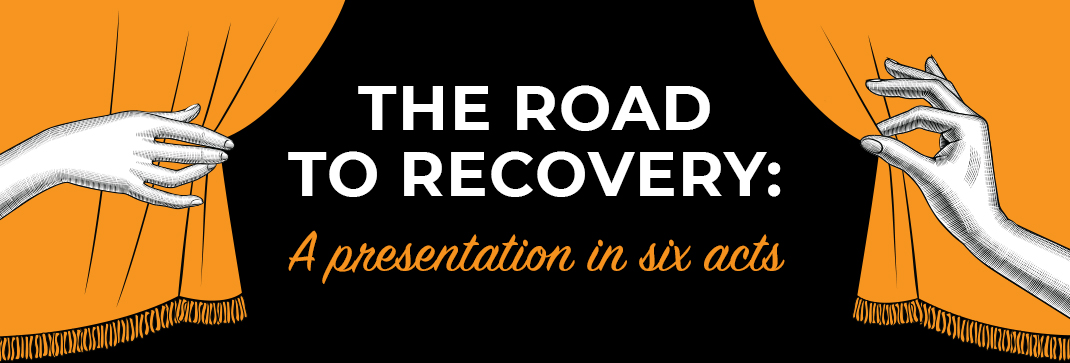
mdg, A Freeman Company hosted an executive roundtable last month in conjunction with Lippman Connects’ Exhibition & Convention Executives Forum (ECEF). “The Road to Recovery: A presentation in six acts” featured six leaders in their respective fields sharing practical advice for predicting where the industry is headed, effectively navigating change and turning crises into opportunities. Read on for key takeaways from each expert:
Ken Holsinger, Senior Vice President of Data Solutions, Freeman
ACT 1: A look at the data, trends and insights that should inform the future of events
According to Freeman research, about half pre-COVID event attendees haven’t returned to in-person events. Instead of looking at when or where attendees will return, we need to look at why. The Great Retirement and Great Resignation of people leaving the workforce combined with a great shared trauma have created a great unknown, which must reshape how we market events. Rather than focusing on the logistics (health and safety), we need to target the more emotional reasons for returning (connecting with people in person, business opportunities) to entice the fence-sitters to come back.
Tommy Goodwin, Vice President of Government Affairs, ECA
ACT 2: Progress on event industry advocacy
The events industry is down 78.5% compared to pre-pandemic levels — when it contributed almost $400 billion to the U.S. GDP. The Exhibitions and Conferences Alliance (ECA), a coalition of nine organizations, was formed to advocate to policymakers about industry challenges. ECA is focused on supporting the industry in three ways: reopening for shows and staying open; encouraging policymakers to support face-to-face events through tax incentives, legislation to provide direct industry support and visa processing to improve international travel; and identifying and fixing structural flaws that COVID-19 exposed such as the lack of communicable disease coverage for cancellation insurance.
Yancy Weinrich, Chief Growth Officer, RX
ACT 3: The for-profit organizer outlook, with a focus on transformation
COVID-19 has been a huge wake-up call to think beyond the show floor. We need to build communities and credibility for our brands to benefit our physical events. We’ve learned that while content has a place online, being able to engage, network and meet face to face is critical. Virtual and hybrid models that try to replicate the in-person experience haven’t seen much traction. Instead, we need to create an omnichannel event that allows attendees to engage with content year-round and supports a different on-site experience.
Reggie Henry, Chief Information and Engagement Officer, ASAE
ACT 4: The association outlook, with a focus on opportunity
The past two years have helped us rethink audience behavior. Virtual meetings tripled in size in 2020, breaking marketing myths about online events. Those events drew a much younger and more volunteer-focused crowd, and we need to include them in our planning as we go face to face. We also need to consider how people behave in virtual settings — in person, it’s easy to direct people where to go next; online, people go where they want. While this should be taken into account for virtual events, it can also help us build more choice into in-person events.
Anjia Nicolaidis, international marketing strategist, mdg
ACT 5: Nurturing/building back international audiences
As international travel resumes, event marketers will need to balance building excitement with managing expectations. It’s important that our international marketing teams are keenly aware of international developments and the markets that matter most to stakeholders. International inbound marketing strategies should build brand awareness to attract new leads. Promotional partners, such as travel organizers, influencers and media partners, in strategically important markets can help build excitement and create a comeback narrative.
Erin Lee, senior director of strategy and digital transformation, mdg
ACT 6: Leading digital transformation within an organization
During COVID-19, many companies increased their investment in digital strategy. For those who are just starting the digital transformation process, it’s important to have a solid understanding of where you are now and establish benchmarks that define where you want to be. It’s also imperative to understand your customer personas to know how people consume information and what motivates them. Finally, remember that your team will be less afraid of change if you give them a seat at the table and invite them to be a part of the process.

